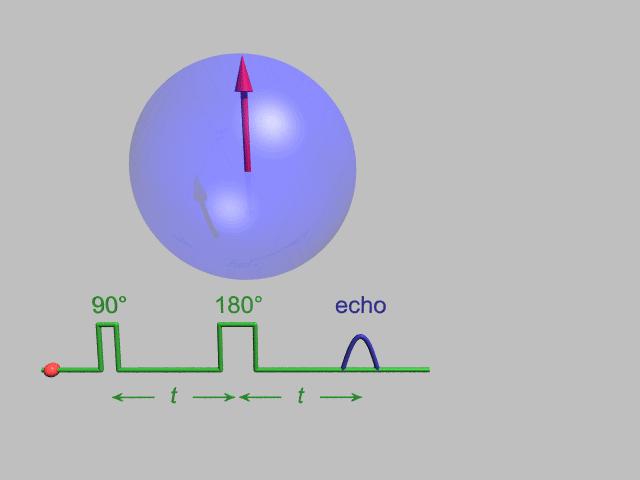Main Research Accomplishments
-
Established a yeast-based high-yield GPCR expression system from scratch in a physics lab during postdoc training with sufficient amounts for conformational transitions and dynamics study using 19F NMR (Ye, et al., Method in Molecular Biology, 2018). The system was further upgraded to achieve an exceptional productivity with a protocol published in Bio-protocol (Wang, et al., 2021), which has successfully been applied to other GPCRs.
-
Established a conformational profiling system for the adenosine A2A receptor (A2AR) through judiciously labeling site determination for different domains of the receptor, allowing us to observe the co-existence of multiple conformational states using 19F NMR and their quantitative transitions as a function of ligands, allosteric modulators, and transducers. Using this system, a set of important physiological functions of GPCRs were revealed in the past years, including A2AR activation model (Ye, et al., Nature, 2016), mono- and divalent cation modulations (Ye, et al., Nature Communications, 2018), along with a set of manuscripts published by others (Huang, et al., 2021, Cell; Huang, et al., 2022, Elife; Huang, et al., NSMB, 2023).
-
Proposed the concept to use 19F quantitative NMR (19F-qNMR) for GPCR biased drug designing (Wang, et al., Trends in Pharmacological Sciences, 2021). Towards this goal, my lab innovatively created a series of conformation-biased mutants with the guidance by 19F-qNMR and MD simulation, advancing the previous 4-state activation model to 5-state (Wang and Neale, et al., Nature Communications, 2023). In particular, we were able to create a mutant that exclusively populates an intermediate state, laying out a foundation to study the function of individual conformational state. This is critical to design drugs targeting a disease-related conformation.
-
Established a native-membrane high-throughput drug screening platform using NMR for membrane proteins such as GPCRs, which allows us to more faithfully investigate ligand-receptor interactions while the receptor still sits in the native membrane (Wang, et al., International Journal of Biological Macromolecules, 2022). The approach has a great potential for drug screening as it benefits from minimal membrane protein preparation, which is often impossible through membrane protein reconstitution for large-scale drug screening.
Funds
Active Grants
1. 1R01GM149659 (PI) 04/01/2023-03/31/2027
The Role of Intermediate Conformations in G Protein-coupled Receptor Signaling
2. NIH R21(PI) 08/23/2023-07/31/2025
The Role of G Protein-coupled Receptors in Red Tide Dinoflagellate Bioluminescence
3. National Magnetic Lab (PI) 10/25/2021-10/24/2024
4. Florida Breast Cancer Foundation (PI) 07/01/2023-06/30/2024
Regulation of Estrogen Receptor Ligands in TNBC-related GPR30 Signaling
Completed Grants
1. NSF RAPID:2030033 (co-PI) 05/15/2020-04/30/2021
Sterilization Mechanism of Corona Discharge for Masks and Environment
2. USF COVID-19 Initiative (co-PI) 04/21/2020-10/31/2020
Sterilization Mechanism of Corona Discharge for Masks and Environment
3. USF Nexus Initiative (PI) 07/01/2019-06/30/2020
Deciphering Tamoxifen-Resistant Breast Cancer Signaling
4. USF PEG Grant (PI) 05/01/2022-04/30/2023
Probing and Quantifying High-resolution G Protein-coupled Receptor Conformational States
5. USF new faculty startup funds (PI) 11/05/2018-11/04/2022


